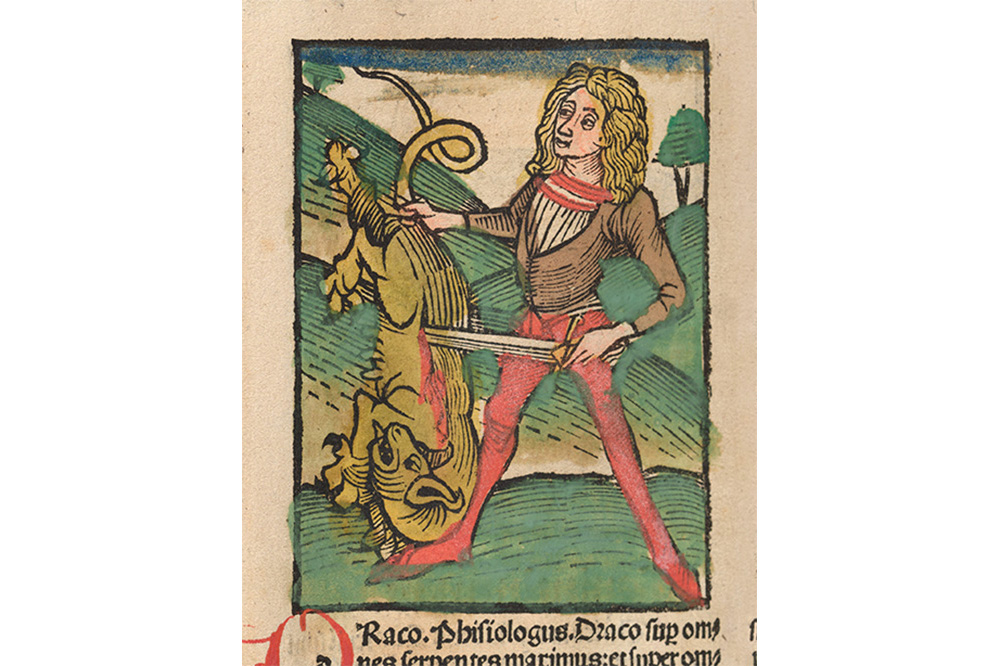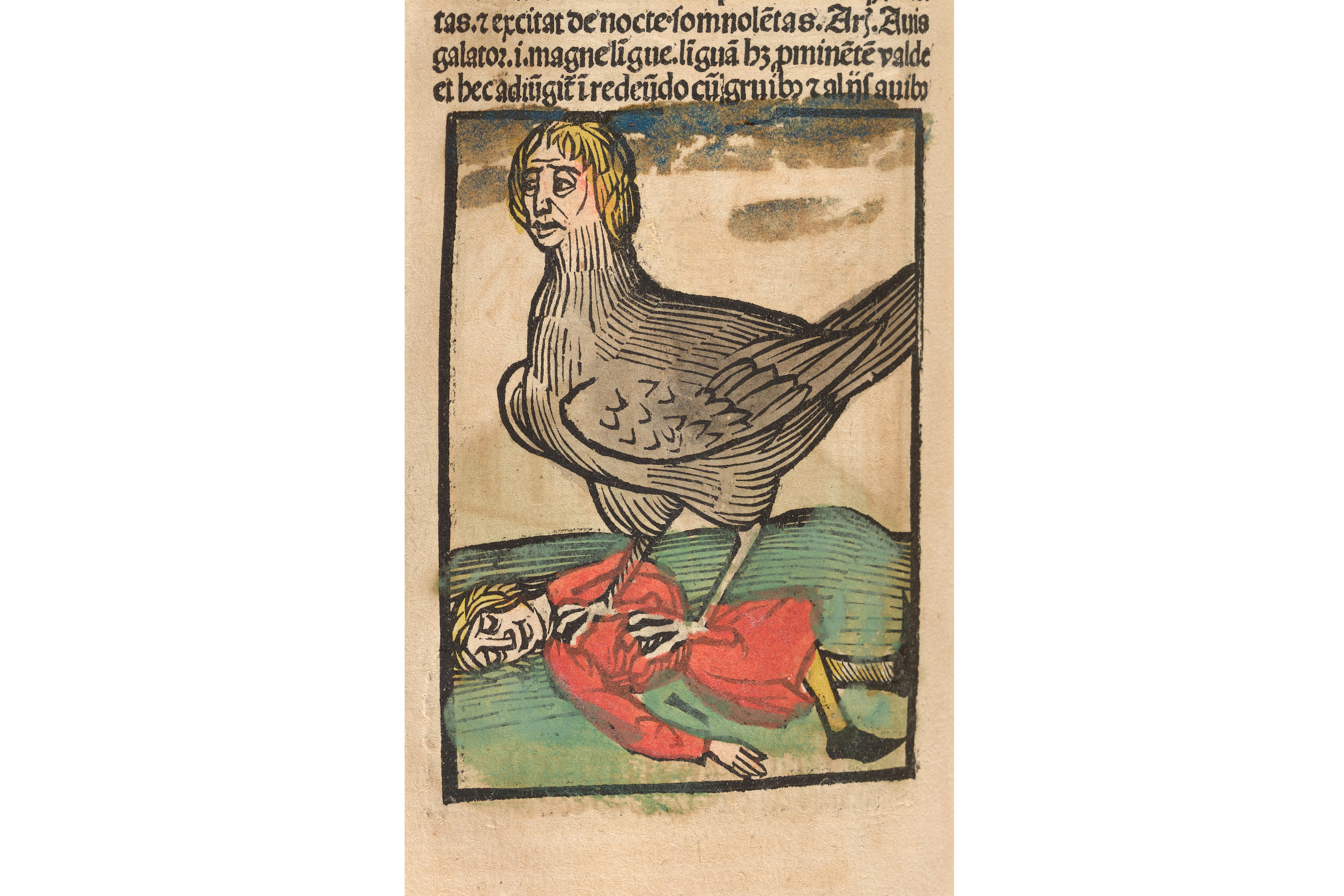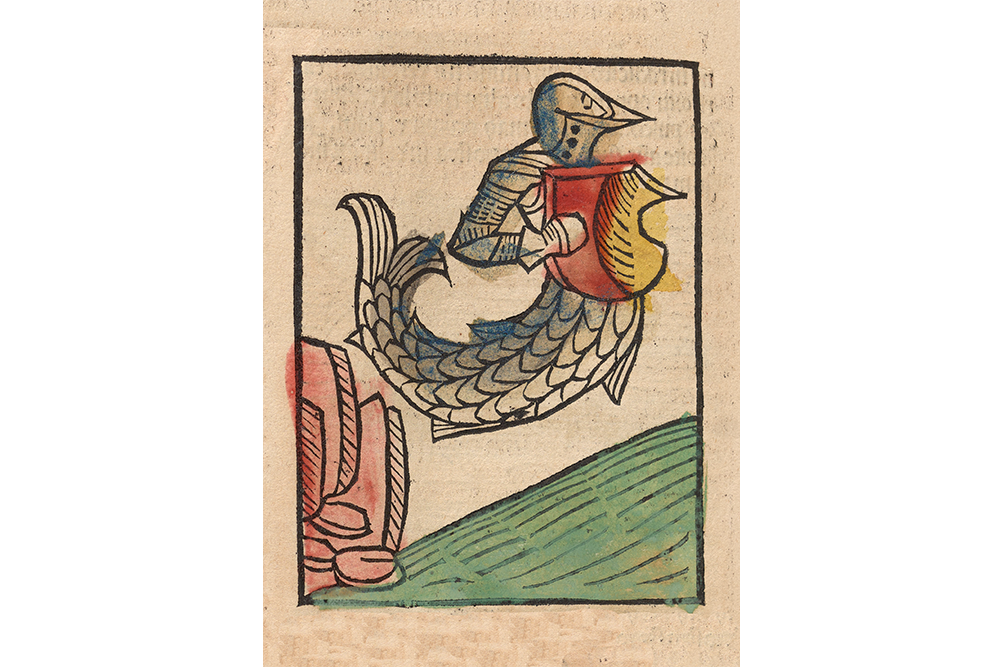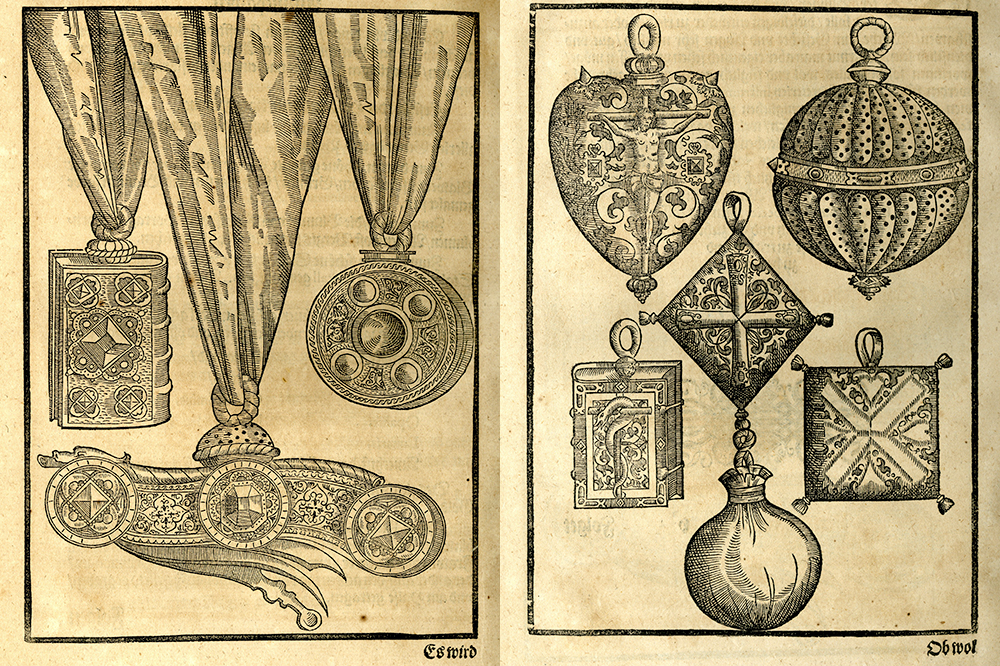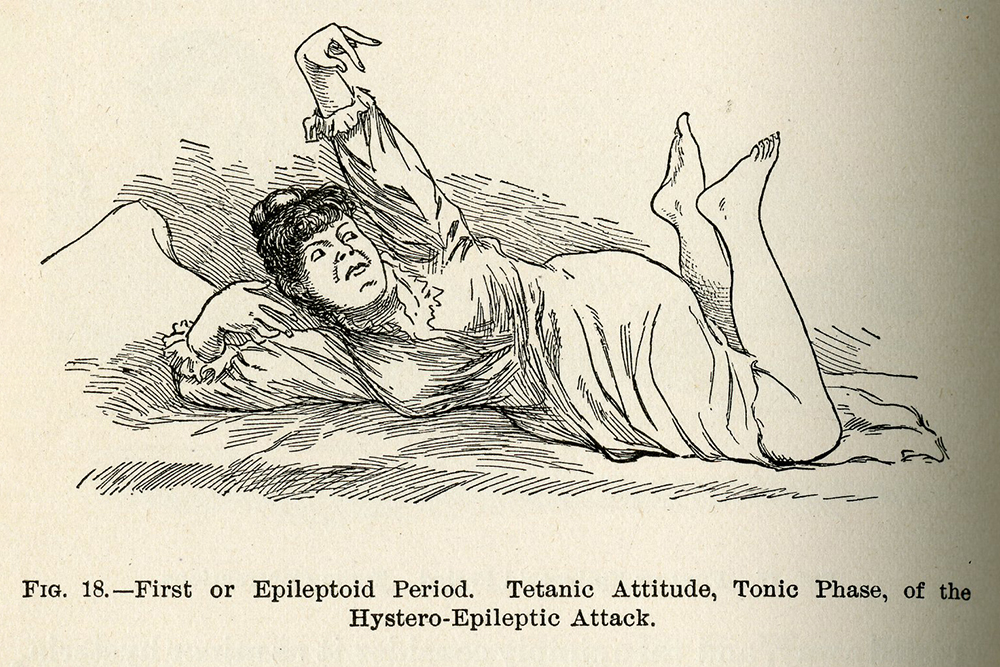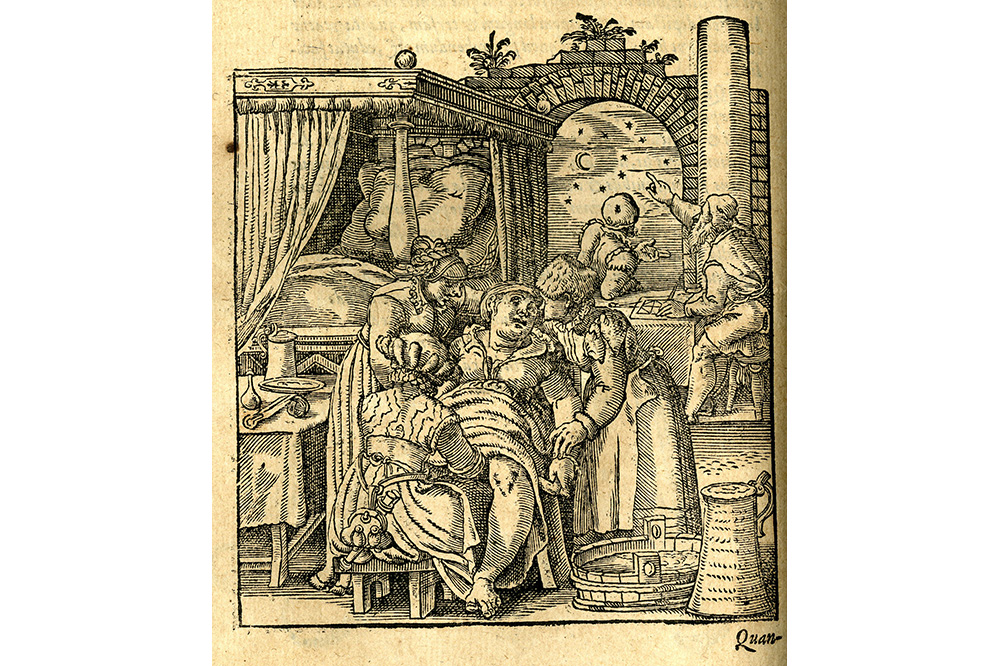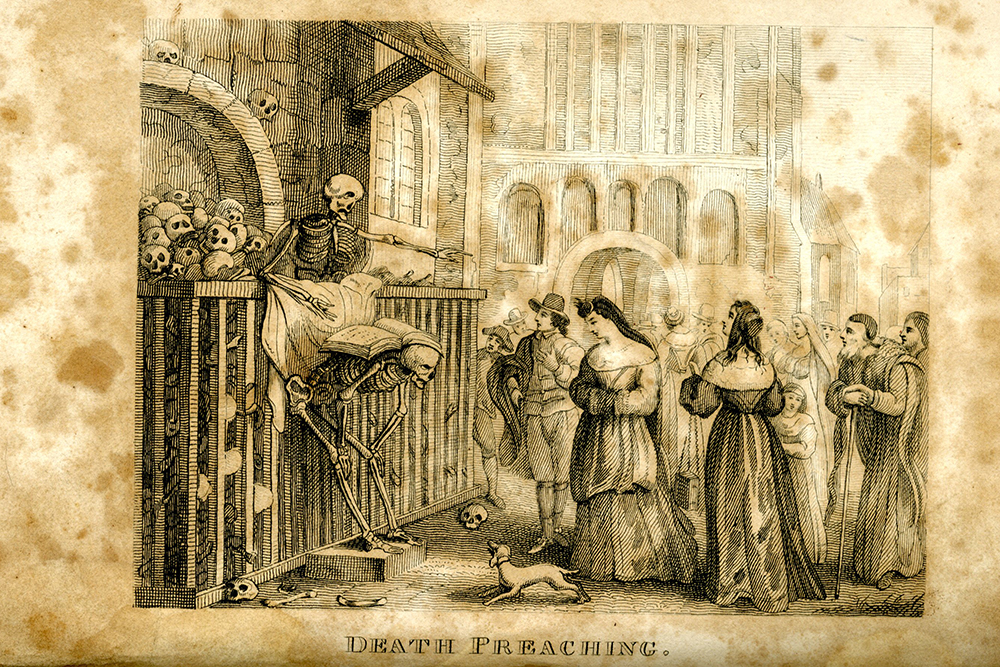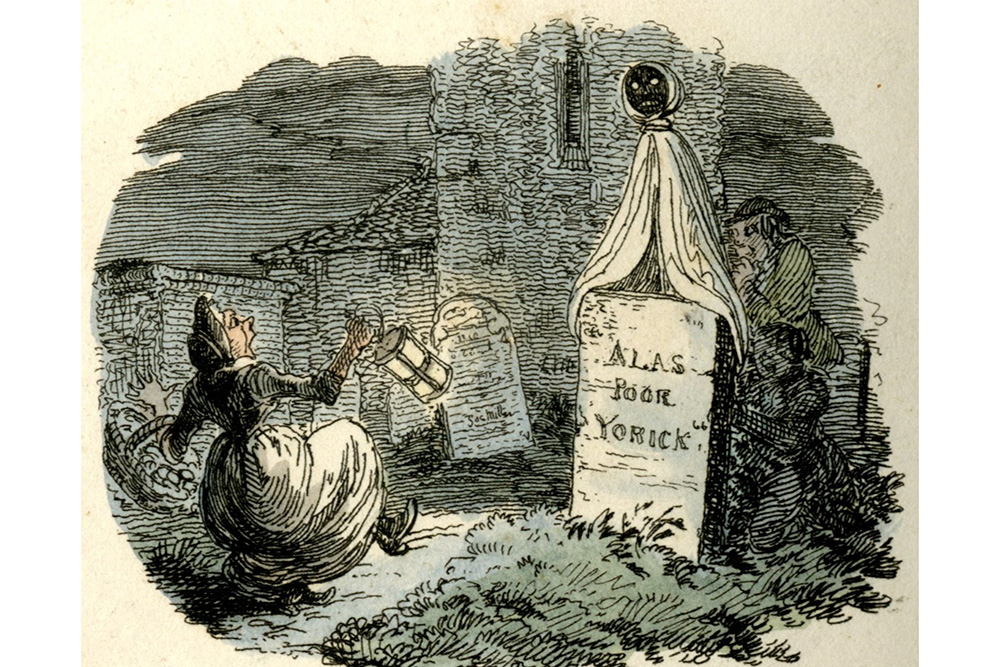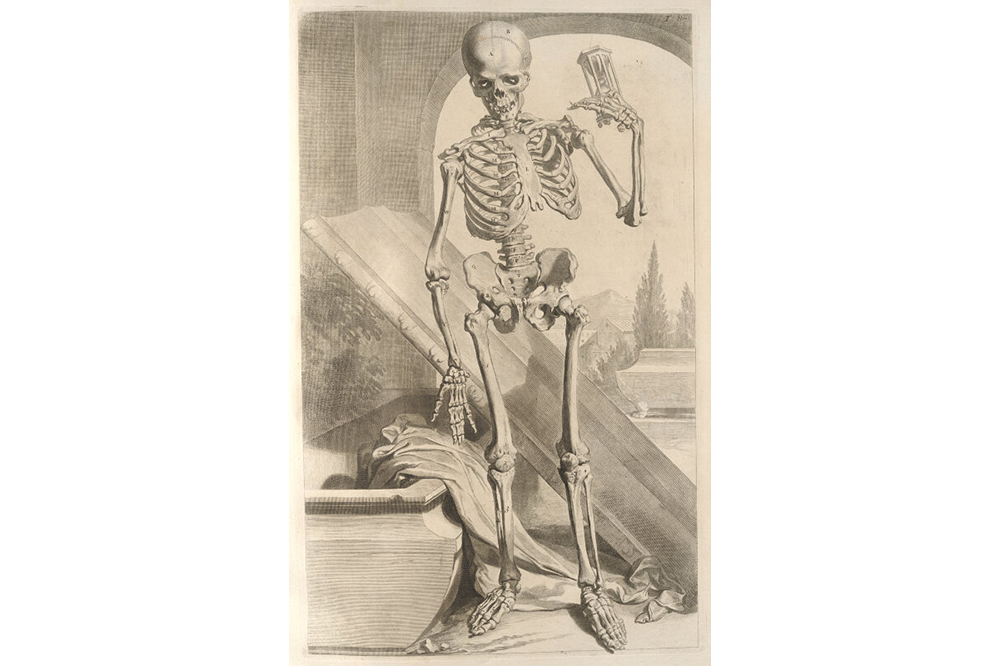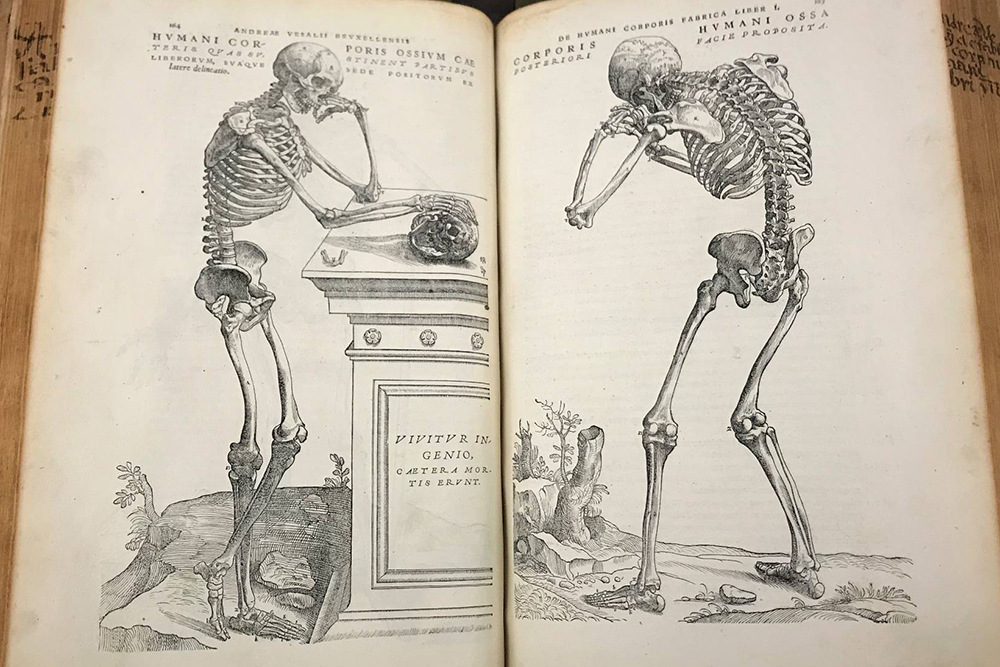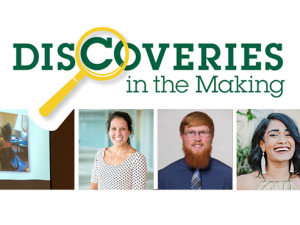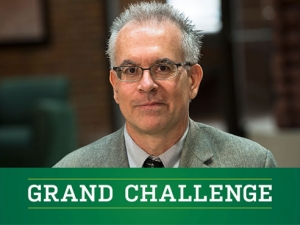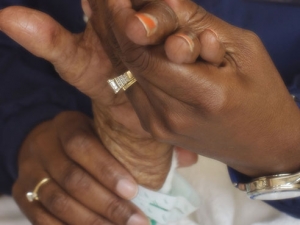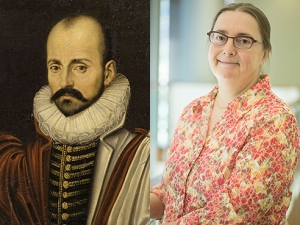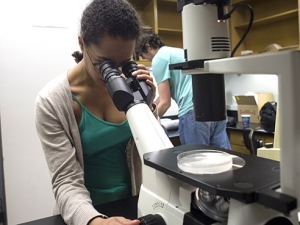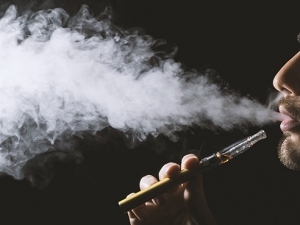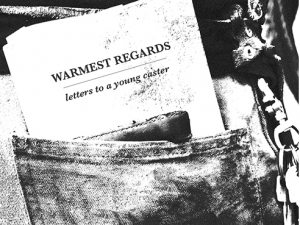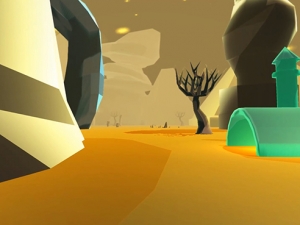The Reynolds-Finley Historical Library, located in Lister Hill Library of the Health Sciences, houses a growing collection of more than 20,000 rare books, manuscripts, journals and pamphlets pertaining to the history of medicine, science and health care, dating from the 1300s through the mid-1900s.
Two of the library’s permanent virtual exhibits, “Monsters, Marvels and Mythical Beasts,” and “Witchcraft, Women and the Healing Arts in the Early Modern Period,” explore spooky stories perfect for the Halloween season. Click through the slideshows to see a selection of photos and visit the virtual exhibits to learn more.
-
Depicted here in an early English version of Hortus sanitates (1497), draconcopedes is a serpentine creature with the head, face and breasts of a woman.
-
Depicted here in an early English version of Hortus sanitates (1497), the dragon was considered the “greatest of all serpents and beasts” that could grow to be nearly 40 feet tall.
-
Depicted here in an early English version of Hortus sanitates (1497), is a large bird with a human head that can eat continuously yet never be satiated.
-
Depicted here in an early English version of Hortus sanitates (1497), these sea monsters were typically shown with an armored upper body and head combined with the tail of a fish.
Monsters, Marvels and Mythical Beasts
Tales dating back to antiquity are ripe with monstrous and fantastical beings — ancient writers and storytellers often fused the fantastic with the natural, cultivating this ideology and passing it down through the ages. Eventually, these stories evolved into the creation of entirely fictional literature that draws from the ancients and mirrors the evil of men through monstrous beings and the eternal struggle between good and evil.
Developed using original books from the Reynolds-Finley Historical Library and Sterne Library, this virtual exhibit features mythological monsters of the Classical, Germanic and Jewish peoples alongside supposedly natural creatures like dragons, merfolk, animal/human hybrids and others that appear in natural history works of the medieval and early modern period.
It also includes later Gothic literary titans such as Frankenstein from the novel by Mary Shelley, Dracula from the novel by Bram Stoker, and the nefarious Mr. Hyde from Robert Louis Stevenson’s “Strange Case of Dr Jekyll and Mr Hyde,” plus modern-day examples from the hit Harry Potter franchise.
-
Shown here are amulets from Georg Bartisch’s “Ophthalmodouleia” (1583). Various types of amulets circulated in apothecary shops and were promoted by physicians to ward off magical disease. Small containers of holy water, copies of the gospels, signs of the cross and crucifix, and other holy objects were worn around the neck to protect against the evils of witchcraft.
-
Shown above are the contortions associated with hysteria, from T. J. McGillicuddy’s "Functional Disorders of the Nervous System in Women" (1896). Periods of delirium and hallucinations are also represented in McGillicuddy's description of the disorder.
-
In this illustration, midwives and astrologers practice their arts side by side, from the 1580 edition of Jakob Rüff’s popular Renaissance midwifery book, "De Conceptu et Generatione Hominis."
Witchcraft, Women and the Healing Arts in the Early Modern Period
Though witches have an ancient history as individuals with a strong connection to the forces of the natural world, they were identified by Europeans during the late Middle Ages as those possessed by or in allegiance with the devil or demons, making it very serious form of heresy.
The well-known Roman Catholic Inquisition retained the power to prosecute witches from the 13th century forward, but witch-hunts did not become widespread until the late 1400s. In a 1484 papal bull, Pope Innocent VIII acknowledged the existence of witches and their ability to do harm, further granting permission to inquisitors to prosecute them. In 1486, inquisitors Heinrich Kramer and Jakob Sprenger published the “Malleus Maleficarum,” or “The Witch’s Hammer,” a guidebook for identifying practitioners of the magical craft, causing an increase in hunts for witches, their resulting trials and tortures, and tens of thousands of deaths by burning, hanging and drowning throughout Europe and colonial America.
Witch-hunts persisted with full force through the 16th, 17th and early 18th centuries, strengthened by the publication of additional manuals for hunters. This virtual exhibit explores the interplay of gender and health care in the witch craze of early modern Europe and America and the connections between witchcraft lore and disease, medicine and the role of women in health care during this period.
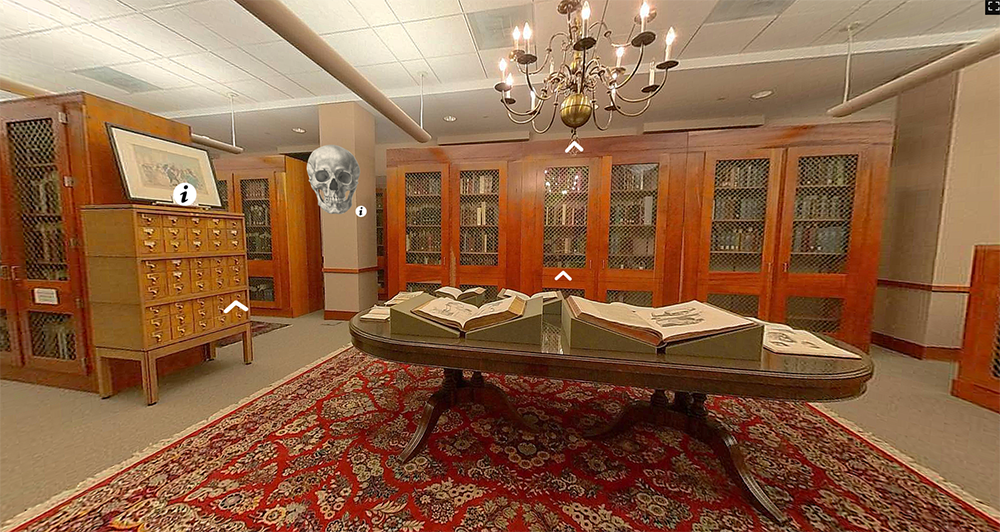
Take a virtual tour of Reynolds-Finley Historical Library
Explore the library virtually with 360-degree angles and click on illustrations and items from the collection — including anatomical skeletons, ghostly images and spooky objects, just in time for Halloween.

